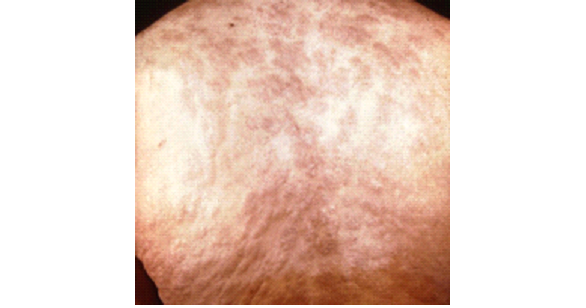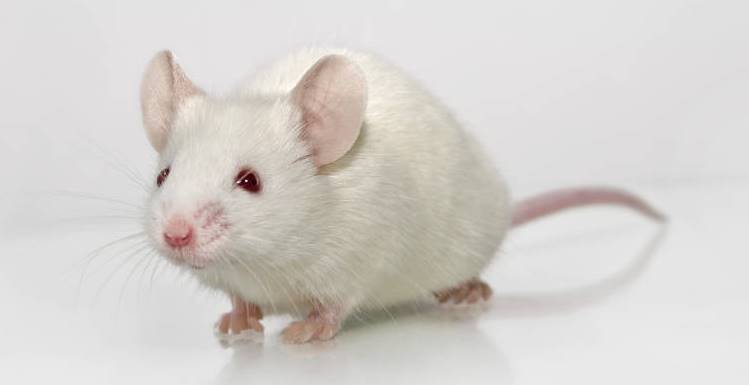Exotoxins are extracellular toxins produced by living bacterial cells. They are protein molecules excreted by growing bacteria into the surrounding medium where the bacterium grows or into the tissues, cells and circulatory system of their human host. Exotoxins are diffusible in nature, and they are produced by both Gram-positive and Gram-negative bacteria.
They are known to occasionally bind specifically to receptors on the surfaces of their host cells, and they can be internalized by cells due to their diffusibility. Bacterial exotoxins exert their deleterious effects in the host through a variety of mechanisms such as protein synthesis inhibition, inhibition of nerve synapse functions, membrane transports disruption, and destruction of host cell’s plasma membrane.
Some exotoxins can also act as superantigens by over-stimulating the immune response of the host against the invading bacterium. Exotoxins may be classified into different categories usually on the basis of their site of action as:
- Enterotoxins: which are found in the intestinal mucosa where they cause a series of gastrointestinal infections (e.g. in the pathogenesis of Vibrio cholerae).
- Neurotoxins: which occur in nerve tissues where they cause neurological damages (e.g. in the pathogenicity of Clostridium tetani).
- Cytotoxins: which are normally found in the general tissues of the body where they cause a series of local and systemic damages (e.g. in the pathogenicity of Staphylococcus aureus).
CHARACTERISTICS OF EXOTOXINS
Bacterial exotoxins are known to exhibit some of the following features:
- Exotoxins do not usually produce fever in their host.
- They are highly immunogenic (i.e. antigenic), and thus can stimulate the production of antitoxins (which are neutralizing antibodies that switches off the deleterious effects of toxins).
- They are heat-labile, and are inactivated at 60-80oC.
- Exotoxins are used in the production of toxoids (when heated with acids or formalin) which activates the production of antitoxins in vivo.
- They are produced by both Gram-positive and Gram-negative bacteria.
- Exotoxins are not integral parts of the bacterial cell wall, and their production is usually controlled by extrachromosomal DNA in the bacterium.
- They are extremely toxic in small amounts.
PATHOGENIC BACTERIA THAT PRODUCE EXOTOXINS
Some members of exotoxin-producing bacteria include:
- Corynebacterium diphtheria – This produces diphtheria toxin that kills cells and cause diphtheria.
- Clostridium tetani – This produces tetanus toxin (tetanospasmin) that causes muscle spasm (tetanus).
- Clostridium botulinum – This produces botulinum toxin that causes botulism.
- Clostridium perfringens – This produces alpha toxin that causes gas gangrene.
- Clostridium difficile – This produces enterotoxin that causes haemorrhagic diarrhea.
- Vibrio cholerae – This produces cholera toxin that causes cholera.
- Staphylococcus aureus – This produces enterotoxin in dairy foods that causes food poisoning. S. aureus also produce toxic shock syndrome toxin-1 (TSST-1) which causes toxic shock syndrome.
- Streptococcus species – This produces fever-causing toxins. Streptococcus toxins can also produce erythromatous rash on the skin.
- Enterotoxigenic Escherichia coli (ETEC) – This produces exotoxins that causes traveler’s diarrhea.
- Shigella dysenteriae – This produces shiga toxins that causes diarrhea.
- Bacillus anthracis – This produces anthrax toxin that causes anthrax.
References
Brooks G.F., Butel J.S and Morse S.A (2004). Medical Microbiology, 23rd edition. McGraw Hill Publishers. USA. Pp. 248-260.
Madigan M.T., Martinko J.M., Dunlap P.V and Clark D.P (2009). Brock Biology of microorganisms. 12th edition. Pearson Benjamin Cummings Publishers. USA. Pp.795-796.
Prescott L.M., Harley J.P and Klein D.A (2005). Microbiology. 6th ed. McGraw Hill Publishers, USA. Pp. 296-299.
Ryan K, Ray C.G, Ahmed N, Drew W.L and Plorde J (2010). Sherris Medical Microbiology. Fifth edition. McGraw-Hill Publishers, USA.
Singleton P and Sainsbury D (1995). Dictionary of microbiology and molecular biology, 3rd ed. New York: John Wiley and Sons.
Talaro, Kathleen P (2005). Foundations in Microbiology. 5th edition. McGraw-Hill Companies Inc., New York, USA.
Discover more from Microbiology Class
Subscribe to get the latest posts sent to your email.





